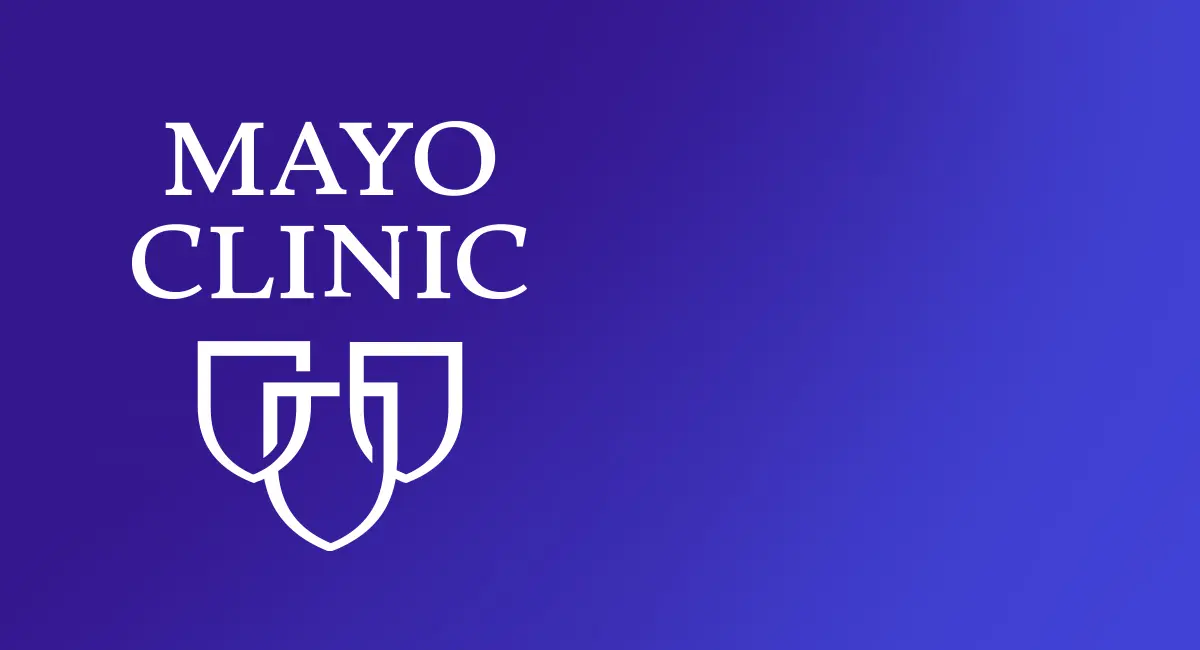We have partnered with researchers to find out how people describe their experiences of using wearable devices and/or in-home health related smart technology.

Using Tech to Monitor the Safety of Older Adults
New technology has the potential to revolutionize the way we monitor the safety of older adults in their homes.
With an aging population, it is becoming increasingly important to find ways to keep older adults safe and independent for as long as possible. There are a variety of new technologies available that can help with this goal, including wearable devices, smart home systems, and telehealth solutions.
What makes the move to utilising technology for safety and wellbeing even more important, is the fact that we have an aged care crisis in New Zealand and Australia, with not enough beds in each type of care facility, or the staff required to provide the level of care that older people require. Ruth Nichol covered this beautifully in her recent article.
One of the most promising new technologies for monitoring the safety of older adults is wearable devices with health status monitoring. These devices can be worn on the body and track a variety of health metrics, including heart rate, blood pressure, and activity levels. Some wearables even have fall detection capabilities, which can alert caregivers or emergency services if a fall occurs. Used in conjunction with an app or dashboard for caregivers, you can get some useful insights, and safety alerts if something is wrong.
Another technology that can help monitor the safety of older adults is smart home systems. These systems can be integrated into a home to monitor and control various aspects of the home environment. Smart home systems can also include motion sensors or infrared that can detect movement and alert caregivers if there is activity of concern. New to market in this space is the ability for sensors to make predictions based on previous health stats, movement and activity in particular areas of the home. Predictive analysis and insights will quickly improve in the near future, and is already being used in collaboration with the GP to manage care plans, with greater breadth and consistency in health data making decision making more accurate.
Telehealth solutions are also becoming increasingly popular for monitoring the safety of older adults. These solutions use technology to connect older adults with healthcare professionals remotely, allowing for regular check-ins and monitoring of health conditions. Telehealth solutions can include video conferencing, remote monitoring devices, and secure messaging platforms. Telehealth is already in use across NZ and Australia, and can be beneficial for those who cannot easily get to their medical practitioner. It is very useful for appointments that don’t require any physical review.
New technology has the potential to greatly improve the safety and independence of older adults in their homes. Whether it’s through wearable devices, smart home systems, or telehealth solutions, these technologies can provide peace of mind for older adults and their caregivers. As the population continues to age, it will be important to continue to explore and invest in these technologies to ensure the safety and well-being of older adults.

